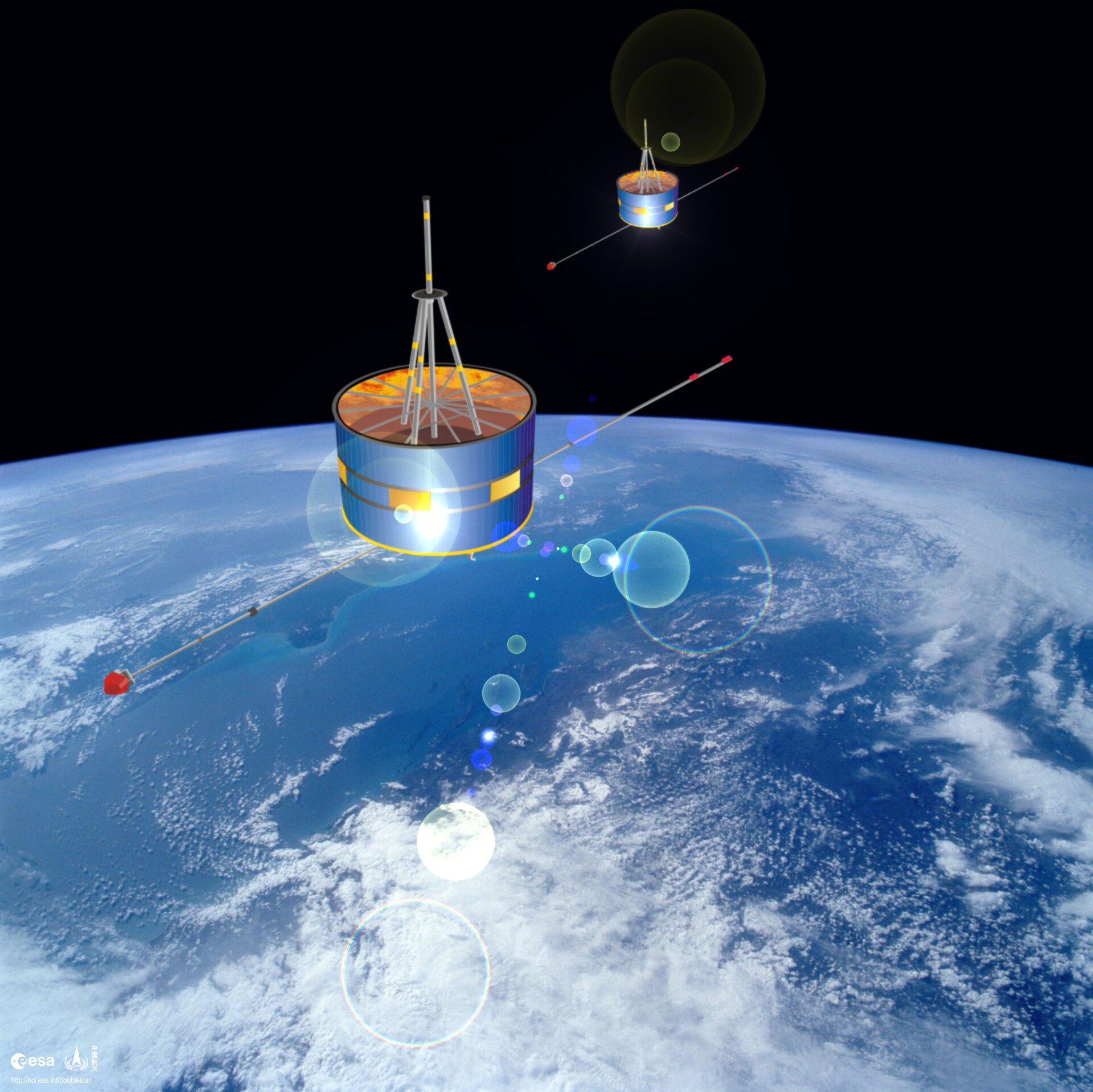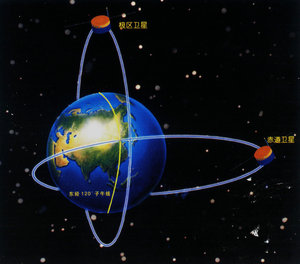Double Star factsheet
Studying the effects of the Sun on the Earth's environment
Name: Double Star
Mission: Follow in the footsteps of ESA's ground-breaking Cluster mission by studying the effects of the Sun on Earth’s environment. Explore Earth's magnetosphere — the magnetic 'bubble' that surrounds our planet.
Launch date: 20:06 CET 29 December 2003 (TC-1) and 25 July 2004 (TC-2) at Xichang and Taiyuan, China.
Mission end: 14 October 2007
Journey: One of the Double Star spacecraft, TC-2, flew in a polar orbit and the other, TC-1 flew close to Earth's equator. These orbits were synchronised with those of ESA's four Cluster satellites so that all six spacecraft studied the same region of near-Earth space at the same time.
Mission facts
- Double Star was the first mission launched by China to explore Earth's magnetosphere. Half of the experiments on board were European.
- Using Double Star alongside Cluster, scientists could investigate the Sun's 'magnetotail'. This is a region where storms of high-energy particles are generated. When these particles reach Earth, they can cause power cuts, damage satellites, and disrupt communications.
- Seven instruments on Double Star were identical to those flying on the four Cluster spacecraft. Conducting joint studies with similar instruments on Cluster and Double Star aimed to increase the overall scientific return from both missions.
- One additional European instrument was an imager to monitor energetic neutral atoms in the Earth's magnetosphere.
- Bringing together Chinese hardware and European instruments, Imperial College (University of London), United Kingdom, used a computer to simulate space conditions outside the satellite and performed data and power system tests to check whether the equipment would function effectively in orbit.
- China and ESA have a long history of scientific collaboration. The first cooperation agreement between ESA and the National Commission for Science and Technology of the People's Republic of China entered into force on 11 July 1980. Its purpose was to facilitate the exchange of scientific information.




